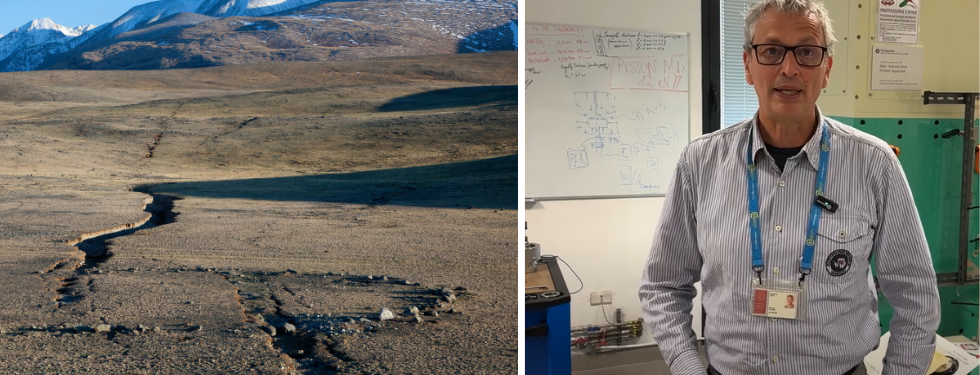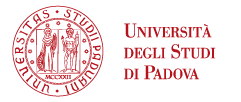Studying earthquakes: the multidisciplinary approach carried out at the Department of Geosciences

At the Department of Geosciences of the University of Padua earthquakes are studied through a strongly multidisciplinary approach that involves field and experimental research.
Earthquakes cannot be predicted, but obtaining a better knowledge of seismic events, both past and present, including the ones that can be induced by human activities, is fundamental.
Furthermore, designing earthquake-proof buildings is crucial to minimize their impact in terms of loss of human lives and damages on the infrastructures. In this video we'll be showcasting some of the main projects that are being carried out: so, let's start and let's go to get to know our research team.
Introduction by Prof. Giulio Di Toro
Fault architecture with a focus on Atacama desert by Dr. Simone Masoch
Pseudotachilites by Silvia Aldrighetti
Seismogenic fault zones and carbonate rocks by Dr. Michele Fondriest
Mirror-like surfaces by Miriana Chinello
Relation between fluid and rock deformation in fault zone by Dr. Rodrigo Gomilla
Healing process by Giovanni Guglielmi
Fault friction and rock deformation in Lab by Dr. Wei Feng
Fluid-rock interaction and seismic cycle in geothermal field by Wei-Hsin Wu
Observational seismology by Dr. Piero Poli
The propagation of elastic waves by Prof. Lapo Boschi
Applied seismology by Prof. Jacopo Boaga
Seismic risk: the impact of an earthquake on the buildings by Prof. Francesca da Porto
Evaluating the seismic vulnerability of the building stock in Italy by Dr. Pietro Carpanese
New procedures to assess the vulnerability of schools and public buildings by Dr. Elisa Saler
Vulnerability models for the buildings of cultural heritage by Dr. Veronica Follador
Numerical models to detect the behaviour of the churches by Dr. Michol Rampado
Inspections on the damaged buildings by Prof. Francesca da Porto
Intervention techniques for mitigating seismic effects by Dr. Marco Donà
Monitoring systems to get real time data by Prof. Francesca da Porto
A.I. techniques to evaluate the seismic vulnerability by Dr. Pietro Carpanese
Processing the images from high resolution satellite system by Dr. Amedeo Caprino
Toward a way to reduce the impact of earthquakes on our built heritage by Prof. Francesca da Porto
Shooting and Editing by Barbara Paknazar
 |  |  |





